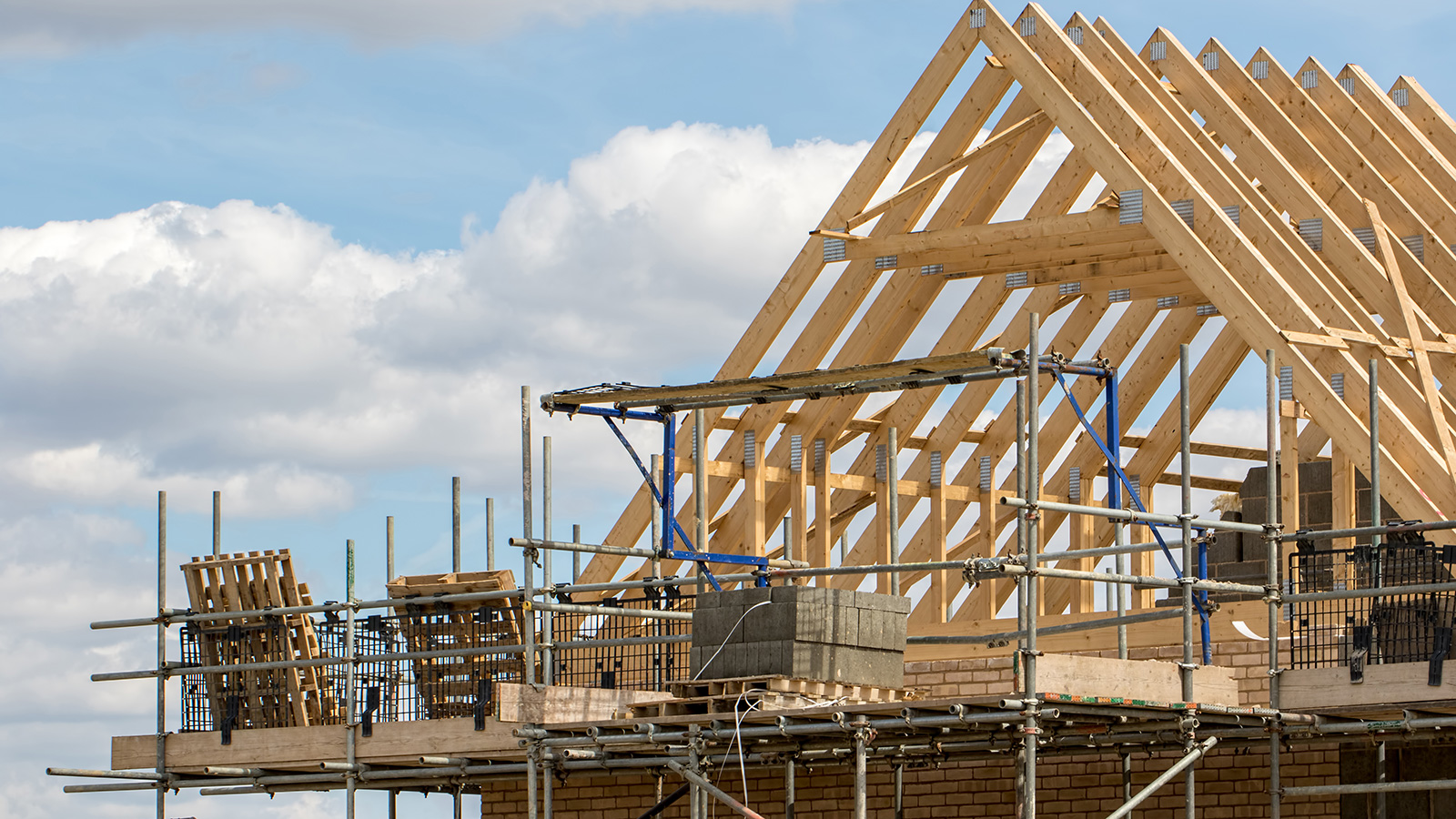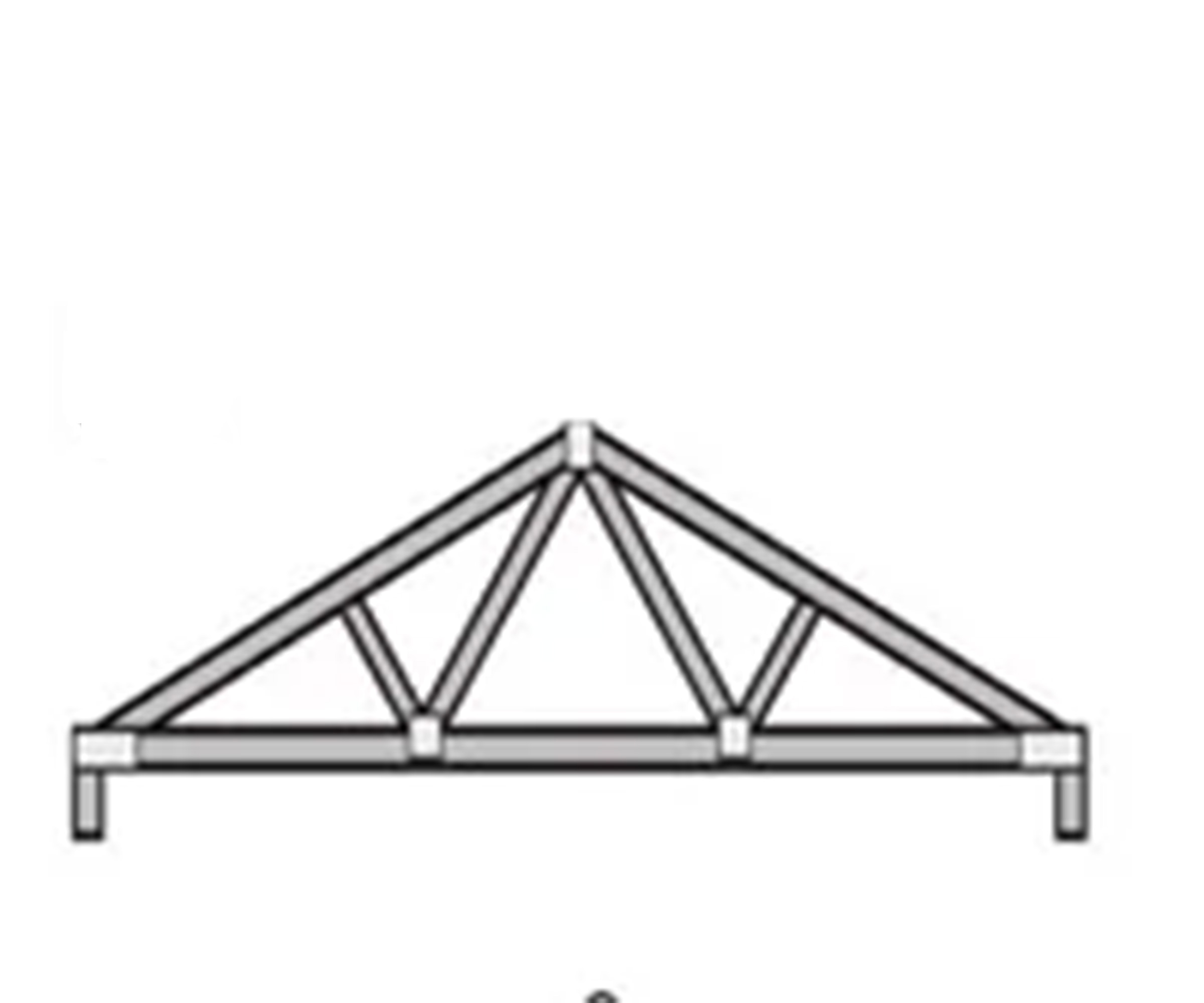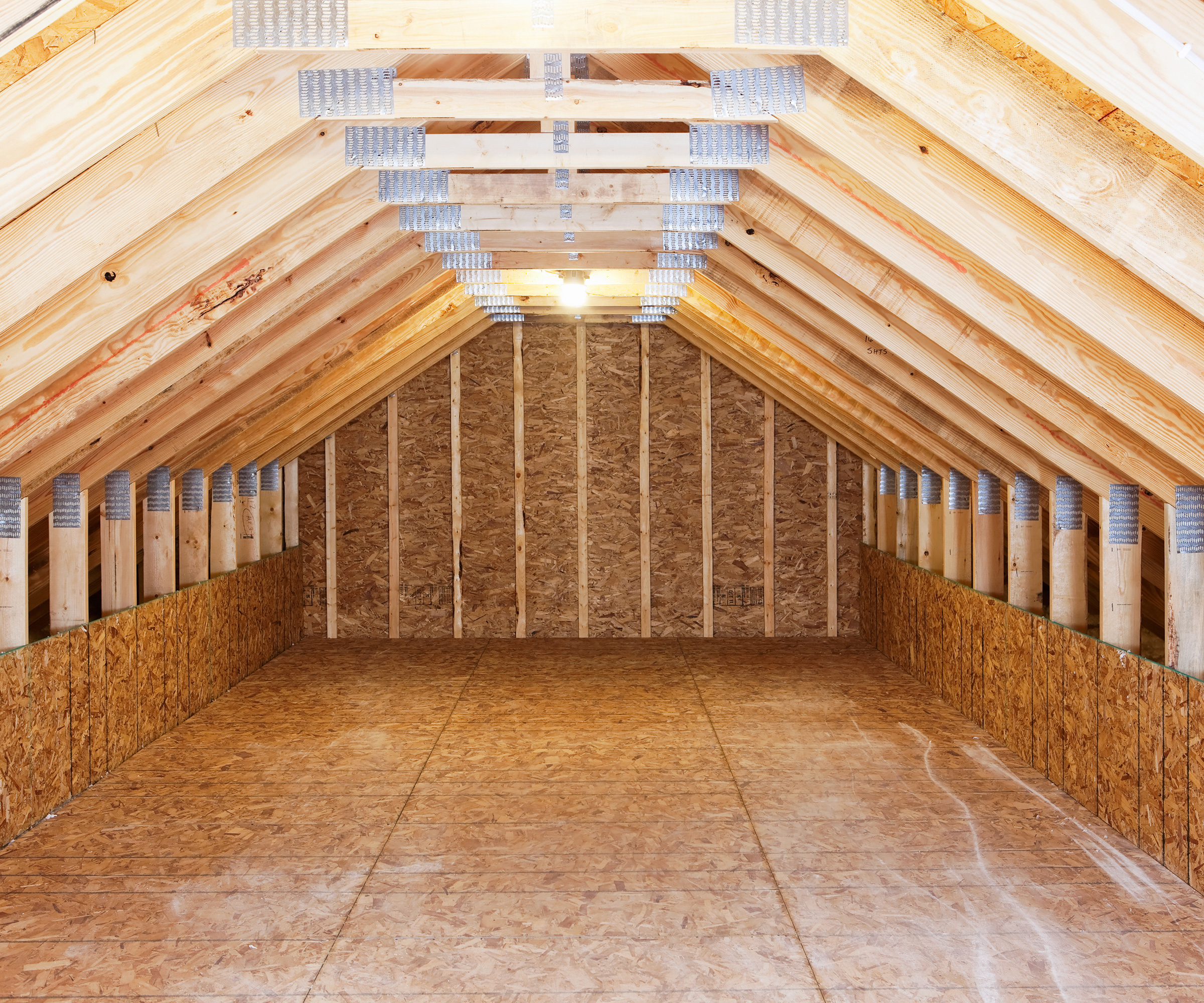New roof on the cards? You need our timber roof truss cost guide
After some advice on timber roof truss costs? Our guide explains what you are likely to have to pay for this element of construction as well as the various options available

The roof of your house forms not only a crucial part of its overall structure, as well as the way the house looks, but it also accounts for a large portion of the overall build costs you can expect.
New roof costs will obviously vary hugely depending on the size of your house, the type of roof covering you opt for and the complexity of the shape of roof you choose. Another driving factor in how much your new roof is likely to cost you is the type of trusses you select.
Here, we explain what different types of timber roof trusses are likely to cost and take a look at the differences between the various options.
What is a roof truss?
Before taking a closer look at the cost of timber roof trusses, it is useful to familiarise yourself with exactly what roof trusses are and the role they play in all types of roof as well as the overall structure of a house.
"A roof truss is a prefabricated structure designed to support a roof on a building," explains Turrou Landesmann, trading manager at Roofing Superstore. "They come in two main types: flat and pitched.
"More than likely you’ll see them in a triangular shape, but other shapes do exist," continues Turrou. "They’re also manufactured off-site and usually lifted into place before securing. ‘Truss’ refers to the triangular construction of the structure. The structure will often include these triangle shapes in various configurations. Allowing them to fit the pitch, size or design of a roof.
"Many different elements go into the making of a roof truss. Each element has a specific name. The exterior frame members are ‘chords’ while the triangle structures are ‘webs’", further explains Turrou.

Turrou Landesmann is trading manager at Roofing Superstore, a company that was launched in 2009 as an online supplier with knowledgeable customer service.
What types of roof truss are available?
There are several different types of timber roof truss, each of which will be suited to different shapes of roof as well as how you eventually want to use your attic space, for example to carry out a loft conversion.
The most common truss types are:
- Fink truss: This is an incredibly common type of roof truss, with with a ‘W’ shape between the chords — incidentally, it is also the cheapest. Fink trusses are lightweight, require only small timber sections and can, the majority of the time, be installed in just one day. On the downside, if you plan on using your loft as anything other than storage, this will not be a great option.
- Attic truss: Attic trusses are a popular option with those who want to use their loft as a useable extra space. "As its name suggests, the attic truss gives you an empty attic space within the simplicity of a trussed roof design," explains leading self build expert David Snell. This type of truss uses a design that leaves a good usable area. They usually incorporate a raised tie - which is why they are also sometimes call 'raised tie trusses.'
- King post truss: "A king post truss is typically used for short spans," explains managing director of Roofing Megastore Gian-Carlo Grossi. "They are often used in extensions, garages, porches and outbuildings. Many old buildings boast open, visible king post trusses."
- Cut roof: Cut roofs were the norm before the 1960s when trussed roofing appeared. Unlike trusses, cut roofs are constructed on site using sawn lumber.

How much do timber roof trusses cost?
Roof truss costs will vary depending on a number of factors, including:
- Complexity of roof structure
- Type of roof truss
- Size of roof (the bigger the roof, the more trusses will be required)
"A roof simply cannot be built without the appropriate timber frame. This includes rafters, trusses, purlins and more," explains Gian-Carlo Grossi. "Most roof frames are built almost entirely from timber, which makes it quite easy to source everything you need from one place. Roof frames can vary in cost, but a basic frame, including labour costs, will amount to around £1,500 - £2,000."
Let's take a look a truss types and their costs in a little more detail.

Gian-Carlo is founder and managing director of Roofing Megastore and holds a wealth of experience of working within the building materials industry.
Fink roof truss costs
Fink trusses are the cheapest type of timber truss. According to Roofing Megastore, the average cost for a single fink truss (with a span of around 8m with a 30° pitch, including binding, bracing and truss clips) would be £56.
Attic roof truss cost

Attic trusses are considerably more expensive than fink. This is because they are bigger and heavier and often require the help of a crane or similar to get them up onto the roof. However for some roofs they will be a necessity.
On average, you can expect an average cost for each attic truss, with a span of around 8m, a 45° pitch (required in order to give sufficient headroom), and the supply of binding, bracing and truss clips, to come in at £163.
Traditional cut roof costs
It is a little harder to give exact, or even average, costs for cut roofs. This is because they are made from sawn lumber, the quantity of which will have been specified by a structural engineer in many cases. Costs for this type of roof construction are also pushed up by the extra labour involved.
How to reduce timber roof truss costs
If you are keen to keep your self build budget on track then you will probably be looking for ways to reduce the cost of your new roof.
Thankfully, there are a few ways you can cut the cost of your timber roof trusses.
While you can't obviously order smaller than necessary trusses, there are steps you can take to reduce the labour costs involved in their installation.
"With light trusses, getting them up on to the wall plate yourself can save at least half a day’s labour," advises David Snell.

David is one of the UK's leading self build and plotfinding experts, and a serial self builder who has been building homes for 50 years. The author of Building Your Own Home, David spent decades as a speaker and expert at self build exhibitions such as the Homebuilding & Renovating Show. He has recently finished his fourteenth self build project.
While a new roof is made up of many different elements, it is the trusses that make up a large part of the overall costs. One thing we haven't mentioned here is flat roofs.
Unlike pitched roofs, these are constructed using a combination of battens and roof joists, as opposed to trusses. Flat roofs are not actually totally flat — they need a slope (known as a fall) in order to shed rainwater and this should be more than 1:80, preferably about 1:40.
The most common way of constructing one is to use battens cut at an angle (known as ‘firring strips'. These are placed on top of the joists.
If you are looking for roof leak repair costs you can find this in our separate guide too.
Get the Homebuilding & Renovating Newsletter
Bring your dream home to life with expert advice, how to guides and design inspiration. Sign up for our newsletter and get two free tickets to a Homebuilding & Renovating Show near you.
Natasha was Homebuilding & Renovating’s Associate Content Editor and was a member of the Homebuilding team for over two decades. In her role on Homebuilding & Renovating she imparted her knowledge on a wide range of renovation topics, from window condensation to renovating bathrooms, to removing walls and adding an extension. She continues to write for Homebuilding on these topics, and more. An experienced journalist and renovation expert, she also writes for a number of other homes titles, including Homes & Gardens and Ideal Homes. Over the years Natasha has renovated and carried out a side extension to a Victorian terrace. She is currently living in the rural Edwardian cottage she renovated and extended on a largely DIY basis, living on site for the duration of the project.

